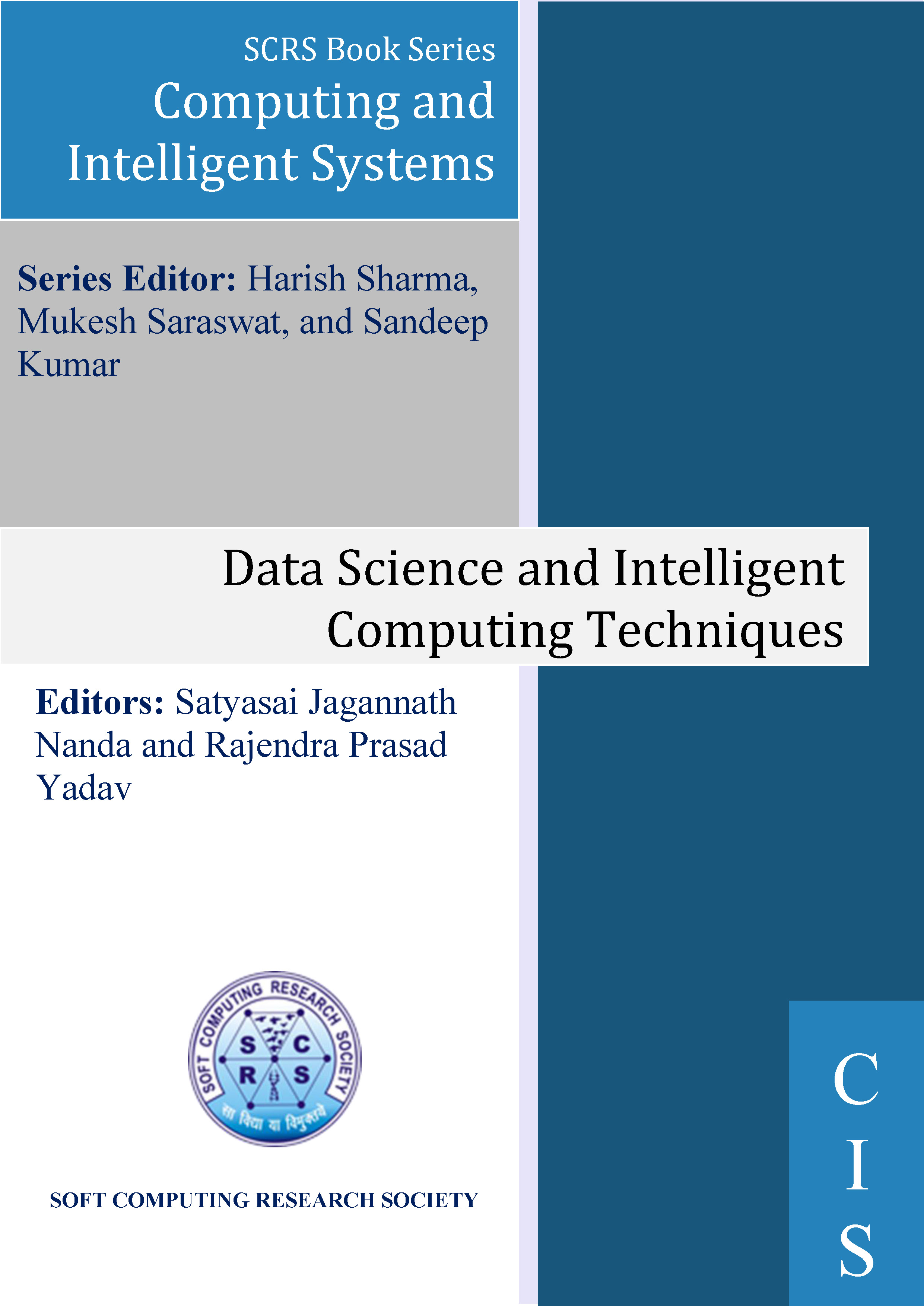
Secure Cognitive Wireless Powered Communication Network for Energy Harvesting and Attack Classification
Authors: P. Arunachalam, Jeyakanth Krishnan, Vanitha Soman and Dhivya Udhayasuriyan
Publishing Date: 05-10-2023
ISBN: 978-81-955020-2-8
Abstract
Construct a cognitive wireless powered communication network (CWPCN) in order to connect with the primary network that is susceptible to eavesdropper (EAVs) protection assaults. A novel cooperative protocol that facilitates collaboration between main users (PU) and secondary users (SU) is proposed here. The SU first extracts energy from the cognitive hybrid access point power signal during the wireless control (WCP) phase, and then uses the captured energy to interfere with EAVs while simultaneously acquiring transmission possibilities during the wireless knowledge transfer phase (within wireless transfers). In accordance with the PU secrecy restriction, the maximization of the SU ergodic rates, resource allotments based on the dual technique of optimisation, and the Block Synchronization technique of Downward Perfect Channel State Information (BSDPCSI). More PU beneficial greedy algorithms to reduce the chance of PU confidentiality are also suggested. Injecting pilot signals and Denial of Service (DoS), Eavesdropping, and Phishing Attacks as jamming to an aggressive intruder will behave in a man-in-the-middle manner. First of all, the channel state information can be identified, and the type of attack can be classified by using the intruder detecting neural net classifier.
Keywords
CWPCN network, eavesdropper, primary users, secondary users, Block Synchronization Method of Downward Perfect Channel State Information, wireless control phase, Channel State Information, intruder detecting neural net classifier.
Cite as
P. Arunachalam, Jeyakanth Krishnan, Vanitha Soman and Dhivya Udhayasuriyan, "Secure Cognitive Wireless Powered Communication Network for Energy Harvesting and Attack Classification", In: Satyasai Jagannath Nanda and Rajendra Prasad Yadav (eds), Data Science and Intelligent Computing Techniques, SCRS, India, 2023, pp. 287-300. https://doi.org/10.56155/978-81-955020-2-8-25